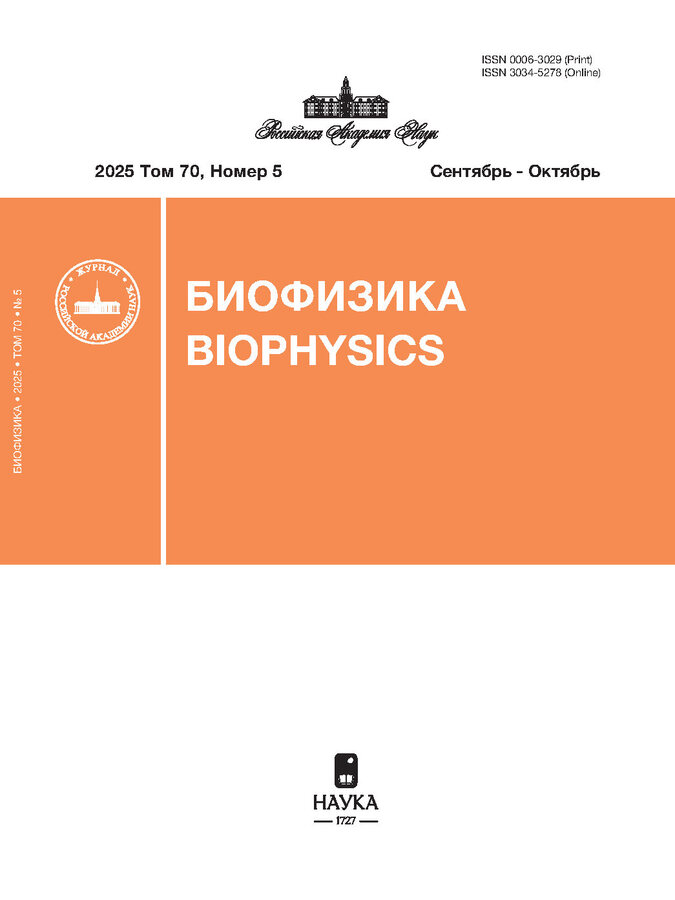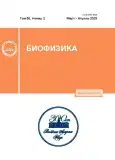Single SARS virus mutation as a possible cause of the prevalence of asymptomatic COVID-19 infection forms
- Authors: Kolesin I.D1, Zhitkova E.M1
-
Affiliations:
- St. Petersburg University
- Issue: Vol 68, No 2 (2023)
- Pages: 411-416
- Section: Articles
- URL: https://rjsvd.com/0006-3029/article/view/673599
- DOI: https://doi.org/10.31857/S0006302923020229
- EDN: https://elibrary.ru/CDUWTW
- ID: 673599
Cite item
Abstract
To explain the prevalence of asymptomatic SARS-CoV-2 infection forms, a hypothesis on a single virus mutation that causes changes in two important factors such as virus infectiousness and pathogenicity is proposed. According to this hypothesis, susceptible and asymptomatic forms affect the rate of change in infectiousness and pathogenicity, thereby influencing the rate of infectivity and the onset of a disease and as a result, altering the ratio of asymptomatic forms to symptomatic cases. With a mathematical model, constructed based on this hypothesis and identified using data from the first wave of COVID-19 in Saint-Petersburg, a correlation between changes in microbiological parameters of the model and changes in a ratio of asymptomatic forms to symptomatic cases is verified. It is concluded that single virus mutation may affect the ratio.
Keywords
About the authors
I. D Kolesin
St. Petersburg University
Email: kolesin_id@mail.ru
Petergof, St. Petersburg, Russia
E. M Zhitkova
St. Petersburg UniversityPetergof, St. Petersburg, Russia
References
- S. Felsenstein, J. A. Herbert, P. S. McNamara, and Ch. M. Hedrich, Clin. Immunol., 215, 108448 (2020). doi: 10.1016/j.clim.2020.108448
- Н. А. Беляков, В. В. Рассохин и Е. Б. Ястребова, Коронавирусная инфекция COVID-19. Часть 1. Природа вируса, патогенез, клинические проявления, https://www.1spbgmu.ru/images/home/covid19/обучение_врачей/Часть_1._Лекция_по_СО¥ГО-19_на_сайт-09.04.2020.р<
- Д. К. Львов и С. В. Альховский, Вопр. вирусологии, 65 (2), 62 (2020). doi: 10.36233/0507-40882020-65-2-62-70
- В. Д. Беляков, Вестн. АМН СССР, № 5, 3 (1983).
- М. Н. Асатрян, Э. Р. Герасимук, Д. Ю. Логунов и др., Журн. микробиологии, эпидемиологии и иммунобиологии, № 4, 289 (2020).
- А. Ю. Попова, Е. Б. Ежлова, А. А. Мельникова и др., Проблемы особо опасных инфекций, № 3, 124 (2020). doi: 10.21055/0370-1069-2020-3-124-130
Supplementary files











